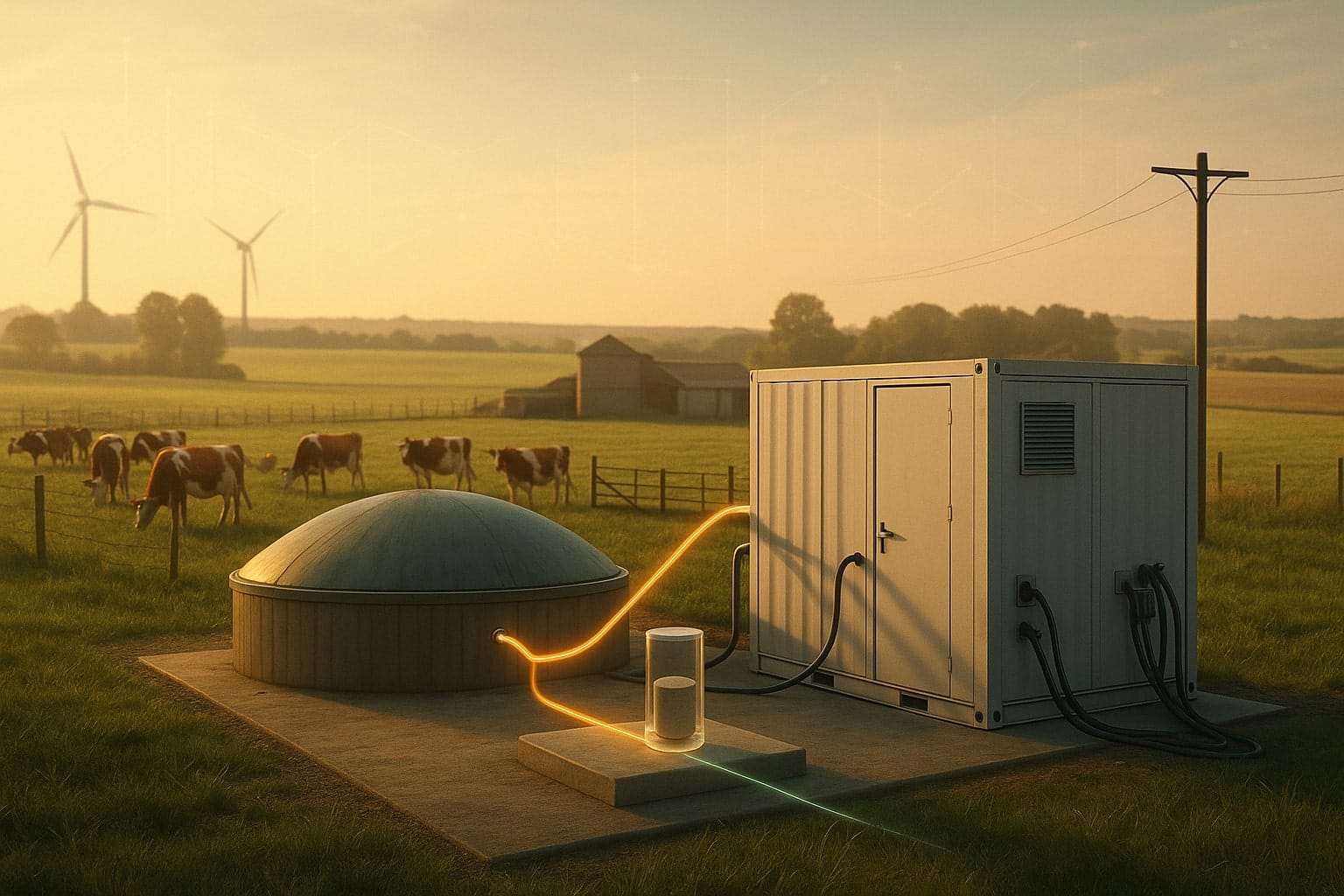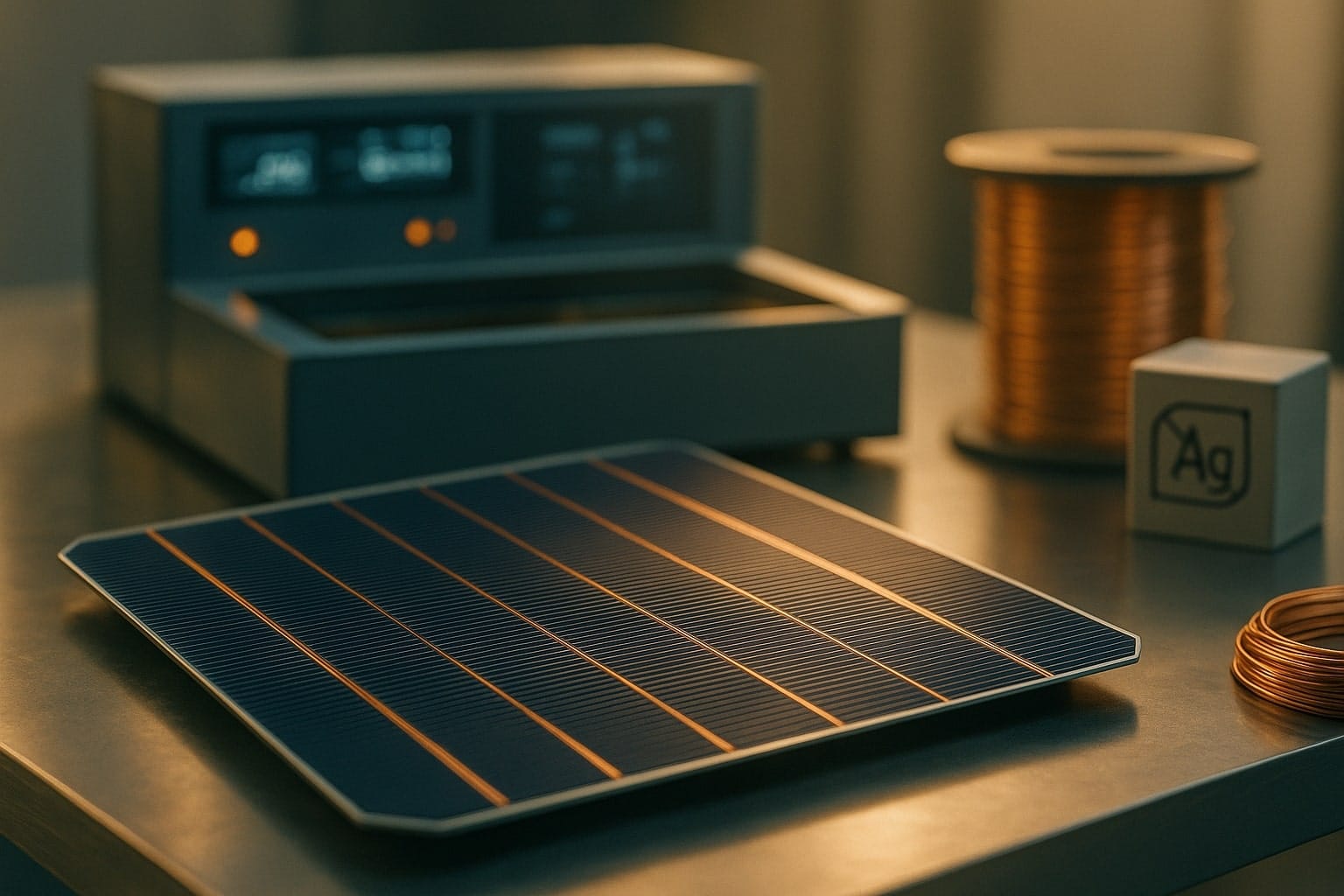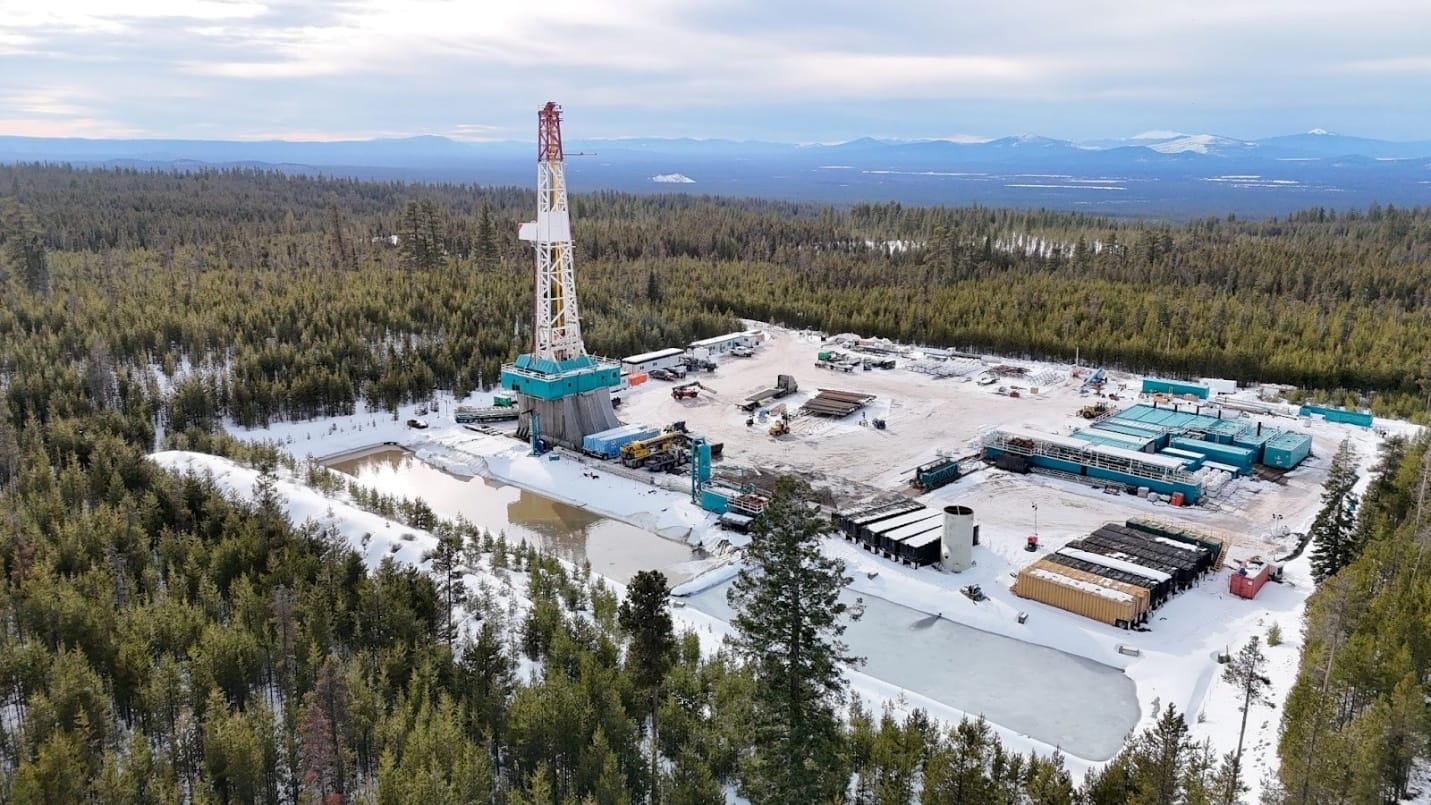As AI workloads swing from idle to full throttle in milliseconds, a little-known battery chemistry is being pitched as the “first line of defence” inside the UPS—handling inference spikes and the blackout insurance in the same box.
Table of Contents
ToggleThe news
On November 3, 2025 (PT), Oregon-based ZincFive announced BC 2 AI, a nickel-zinc (NiZn) UPS battery cabinet built specifically for AI data-center power profiles—those sharp, repeated bursts that come from GPU clusters during inference or training. The company says the cabinet pairs pulse handling with conventional backup runtime in a single, compact footprint, using a new 90 Ah NiZn battery and an upgraded BMS tuned for millisecond response. It positions the system as “AI-optimised,” claiming that competing approaches may require 2–4× more space to meet similar pulse requirements.
Independent trade press echoed the framing by summarizing the system as designed for “high-intensity AI pulses” while still delivering traditional IT backup. On ZincFive’s BC-series product page, the company lists the AI model’s sub-5-minute runtime focus, dual-use role, and backward/forward compatibility with existing megawatt-class UPS inverters; it also highlights “millions of cycles at 45 A for 0.5 s” to emphasise repeated pulse duty.
Why this matters: AI’s load is not steady. Recent engineering research and vendor analyses show fast, coordinated power swings across accelerators—load steps that can stress rectifiers, upstream switchgear and even the grid if left unmanaged. A UPS with pulse-ready energy storage can smooth those spikes locally before they propagate.
What is different about AI power—and why a “pulse-first” battery matters
Unlike legacy web workloads, AI training and inference add and shed load in bursts. Measured and modelled studies this year point to millisecond-scale transitions and multi-megawatt swings at cluster level; even individual racks can jump several-fold in under a tenth of a second, depending on the job. That volatility is now a mainstream design concern.
UPS vendors have begun to publish guidance on “AI-tolerant” systems that actively reshape load and absorb transients at the power-conversion layer. The principle is simple: buffer the spike at the UPS DC bus, then recharge during the lull—reducing stress upstream and avoiding oversizing everything for the worst 200 ms.
ZincFive’s bet is that NiZn chemistry is a cleaner fit for this short-duration, high-rate niche than either sealed lead-acid (VRLA) or many lithium-ion variants. BC 2 AI is aimed at <5-minute use cases with high discharge current (up to 800 A per cabinet in the listed configurations), backed by UL/IEC certifications familiar to data-center teams.
The chemistry case: nickel-zinc vs. the incumbents
Safety and compliance. UL-9540A test results show ZincFive’s NiZn cells did not exhibit thermal runaway in the five prescribed abuse scenarios—one reason proponents say NiZn can simplify fire-protection design and ease AHJ discussions compared with lithium systems. (ZincFive lists UL 9540A, UL 1973 and related marks on the BC-series datasheet.)
Data-center specialists have also flagged thermal-runaway risk as a key differentiator: trade coverage notes NiZn’s non-flammability and potential to reduce insurance and permitting friction. That is not a free pass—engineering controls still matter—but it is a pragmatic win in real projects.
Power density and footprint. For short-duration discharge, NiZn’s power density is a strong point. Vendor literature (and independent trade analysis) claim higher power per unit volume than VRLA and many lithium UPS batteries, enabling smaller rooms or more white-space reclaimed for revenue-generating IT. ZincFive’s BC-series datasheet states “approximately twice the power of lithium-ion systems” and “half the linear width” in its comparison example.
Temperature and operations. A 10-year warranty and 35 °C ambient rating (with brief excursions to 50 °C) are cited on a partner’s product page—useful in dense AI halls where cooling headroom is tight. Less stringent thermal management can translate to lower OPEX at the margin.
Environmental profile. A third-party life-cycle assessment by Boundless Impact (commissioned by the company) estimates NiZn’s GHG footprint per kWh of stored energy is ~63% lower than lithium-ion and ~37% lower than lead-acid, with materially lower water and VOC footprints as well. Treat this as directional—assumptions vary—but it is a notable data point as operators tighten Scope 3 reporting.

Where BC 2 AI fits in the stack
Dual-use inside the UPS. The notable design choice is combining two roles—pulse response for AI dynamics and back-up runtime for outages—in the same cabinet. ZincFive’s BMS is pitched as millisecond-class for transient handling; the cabinet is optimised for sub-5-minute durations, with a published 800 A maximum discharge current (higher on some BC variants). For facilities that today solve transients with separate supercapacitors or heavy UPS oversizing, this “two jobs, one box” approach is the headline claim.
Compatibility and ecosystem. The BC line is already in UPS OEM portfolios: Vertiv and Kohler have public collaborations to offer ZincFive cabinets alongside their UPS lines in North America and EMEA, suggesting channel readiness and field integrations beyond pilot scale. ABB also markets a UL-9540A nickel-zinc battery system for UPS.
What it does not try to be. This is not a long-duration battery for grid services. For hours of energy, you will still look to lithium LFP racks or other storage. BC 2 AI targets minutes to seconds—“immediate power,” in ZincFive’s taxonomy—for ride-through and spike smoothing where C-rate (power) matters more than energy.
The macro backdrop: AI demand is moving the goalposts
Multiple forecasts now show data-center electricity use doubling by 2030 globally, with AI the dominant incremental driver. The IEA’s base-case puts total data-center consumption at ~945 TWh by 2030, growing ~15% per year from 2024—far faster than other sectors. In the US, McKinsey scenarios point to 10–12% (or higher) of national load by 2030 if today’s build-out continues. Whatever the exact path, the direction is one way: higher density, higher volatility.
This matters for battery choice. If load volatility is baked into the compute fabric—co-ordinated checkpointing, collective operations, or inference surges—then short-duration, pulse-capable storage at the UPS becomes a daily operations tool, not only an insurance policy.
The comparison: NiZn vs. lithium-ion vs. VRLA (for AI-era UPS)
- Thermal runaway risk
• NiZn: No thermal runaway in UL-9540A cell-level tests reported by ZincFive; non-flammable chemistry.
• Lithium-ion: Requires stricter fire-protection and off-gas management for many chemistries.
• VRLA: No thermal runaway but heat-sensitive and heavy. - Pulse performance & footprint
• NiZn: High C-rate; vendor claims ~2× lithium’s power in UPS context and half the linear width; sub-5-minute sweet spot.
• Lithium-ion (LFP/NMC): Energy-dense; excellent for longer runtimes, but repeated high-rate bursts impose thermal/cycle penalties.
• VRLA: Large footprint for equivalent power, shorter life under frequent cycling. - Ops envelope & warranty
• NiZn: Ambient ≤ 35 °C with limited 50 °C excursions; typical 10-year warranty via partner collateral.
• Lithium-ion: Wider energy range options; temperature tightly managed to protect life and safety systems.
• VRLA: Narrower thermal comfort zone; maintenance-heavy. - Sustainability signal
• NiZn: Third-party LCA indicates lower GHG/water/VOC footprints vs. lithium and lead; materials are widely available and non-reactive with air/water.
• Lithium-ion: Rapidly improving recycling and LFP adoption reduce some concerns, but solvent/cathode processing can be VOC-intensive.
• VRLA: Mature recycling, but lead handling is tightly regulated.
What buyers should watch (and ask)
- Do you actually need a separate “spike system”? If your AI halls currently oversize UPS/inverters or bolt on supercapacitors to ride through sub-second spikes, test whether a NiZn UPS battery can absorb those pulses and provide your 2–5 min ride-through within the same footprint. Run back-to-back transient tests against your worst-case job profiles.
- Certifications & AHJ path. Confirm UL-9540A results and system-level marks (UL 9540 / UL 1973 / UL 1778), and involve fire authorities early. Projects report fewer frictions when safety evidence is clear.
- Thermal envelope and HVAC. Verify ambient assumptions (≤ 35 °C, limited time at 50 °C) against your aisle temperatures and failure modes. A couple of degrees of extra thermal headroom can matter in AI rooms.
- Ecosystem comfort. Check UPS OEM support lists. ZincFive is already in Vertiv and Kohler portfolios; ABB markets a NiZn option as well—useful if you standardise on one vendor.
- Sustainability reporting. If you disclose Scope 3 for capital equipment, obtain the Boundless Impact LCA summary and underlying assumptions—useful for audit trails and board reporting.
The bigger picture: AI power, re-architected
AI demand is forcing a quiet shift in the role of the UPS battery—from backup insurance to everyday grid-friendly shock absorber. The NiZn pitch is that you can do both jobs in one system without inviting thermal-runaway complexity or expanding the battery room. The approach won’t replace long-duration storage, and it will face competition—from lithium LFP tuned for high-rate discharge to supercapacitor hybrids purpose-built for peaks. But if your bottleneck is milliseconds to minutes, NiZn now has a credible seat at the table.












